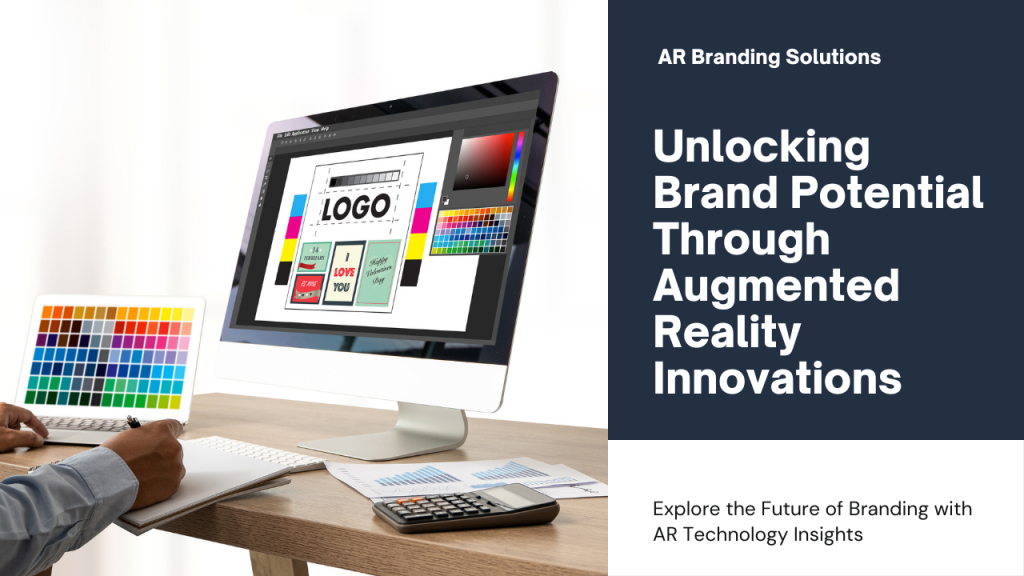Augmented Reality (AR) technology has the potential to revolutionize the way brands engage with consumers, offering immersive experiences that blur the lines between the physical and digital worlds. From interactive product demonstrations to virtual try-on experiences, AR technology allows brands to create memorable interactions that captivate audiences and drive customer engagement. In this article, we’ll explore the future of branding in the age of AR and discuss how forward-thinking brands can harness the potential of this technology to create meaningful connections with consumers.
One of the most significant advantages of AR technology is its ability to provide consumers with immersive and interactive experiences. Whether it’s trying on clothes virtually, visualizing furniture in their home, or exploring a destination in 3D, AR experiences allow consumers to engage with brands in a more tangible and experiential way. By offering consumers the opportunity to interact with products and services in real-time, brands can create memorable experiences that leave a lasting impression and drive brand loyalty.
Moreover, AR technology offers brands a unique opportunity to showcase their products and tell their brand story in innovative ways. By integrating AR into their marketing campaigns and branded content, brands can create interactive narratives that engage and entertain consumers. Whether it’s through AR-powered games, virtual tours, or immersive storytelling experiences, brands can leverage AR technology to create content that stands out in a crowded digital landscape and captures consumers’ attention.
Another advantage of AR technology is its ability to bridge the gap between online and offline experiences. By incorporating AR features into physical retail environments, brands can enhance the in-store shopping experience and provide added value to consumers. Whether it’s through AR-powered product displays, interactive signage, or virtual fitting rooms, brands can create seamless omnichannel experiences that drive foot traffic, increase dwell time, and ultimately, boost sales.
In conclusion, AR technology represents the future of branding, offering brands a powerful tool to create immersive, interactive, and memorable experiences that captivate audiences and drive customer engagement. By embracing AR technology and leveraging its potential to create innovative and impactful brand experiences, brands can stay ahead of the curve and connect with consumers in new and exciting ways.


